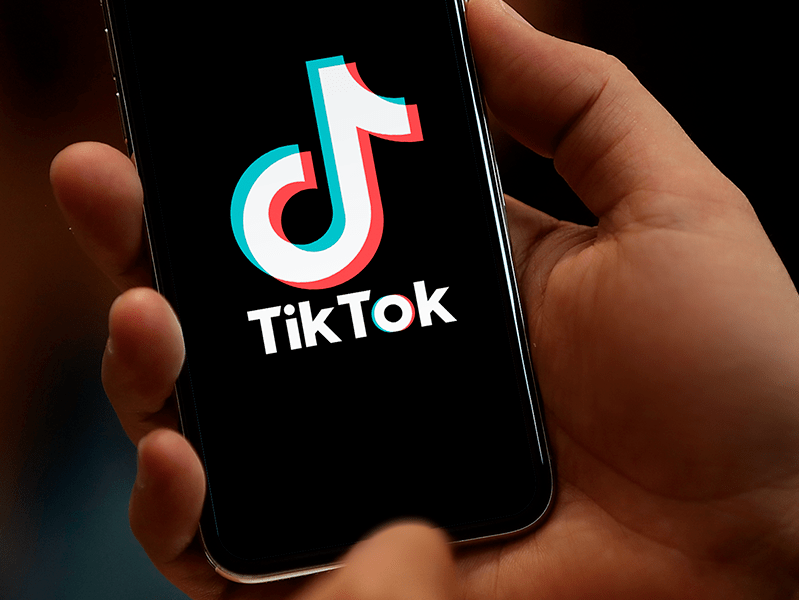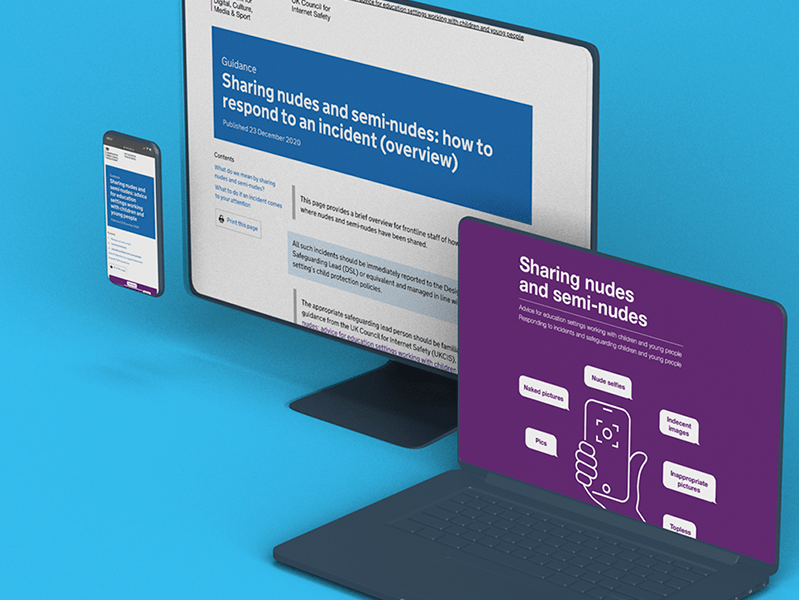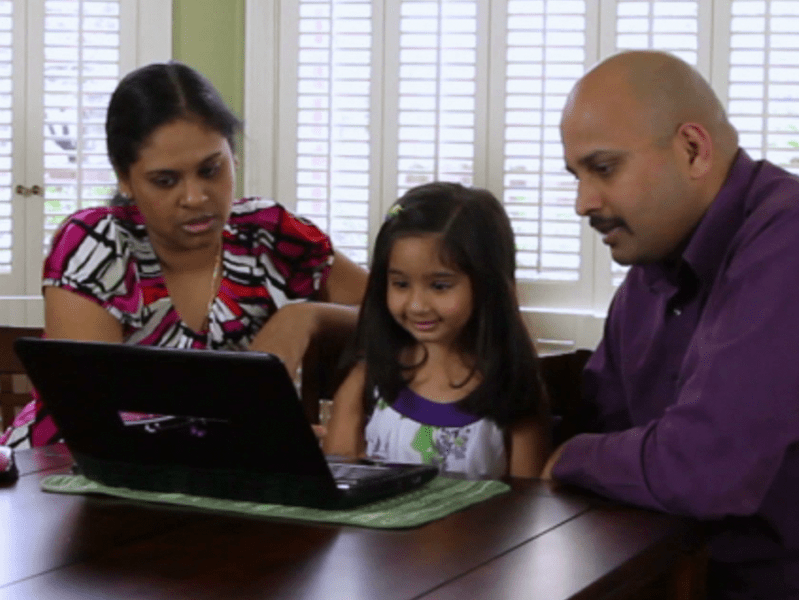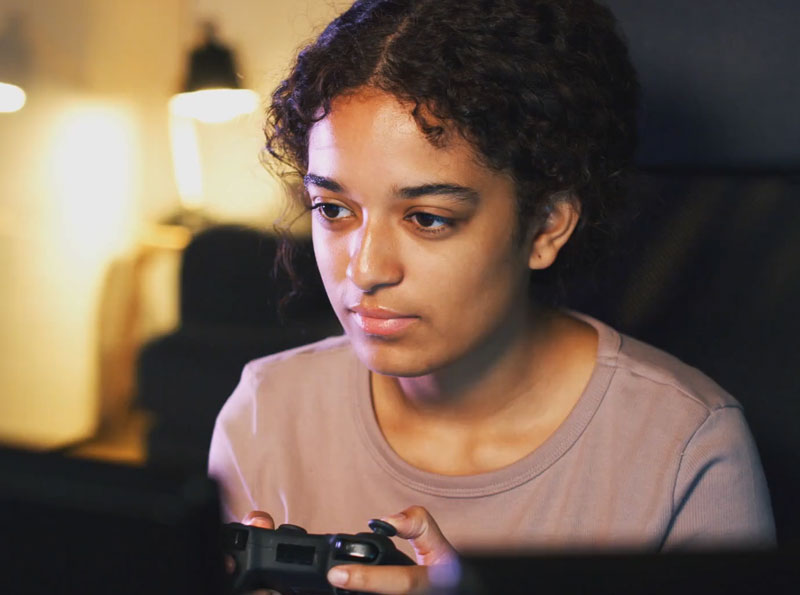TikTok has announced a series of changes to protect children’s privacy and safety on the platform. The announcement comes just as the UK government gets closer to introducing it’s Online Harms Bill, which will place a range of responsibilities on social media companies to protect users on their platform.
Our CEO Jim Gamble QPM commented that:
“We’re familiar with and support the efforts of the Trust and Safety team at TikTok as they work to help make children safer on their platform.
Whilst many of these measures make sense, in the absence of effective age verification, they may unintentionally encourage children to lie about their age to access the features they value most. This can expose younger users to inappropriate behaviour and material.
I believe this announcement presents a great opportunity for parents, carers and safeguarding professionals to talk to young people about these changes, and encourage safer behaviours by reminding them that if they ever feel uncomfortable online that they can talk to an adult they trust.”
What has changed?
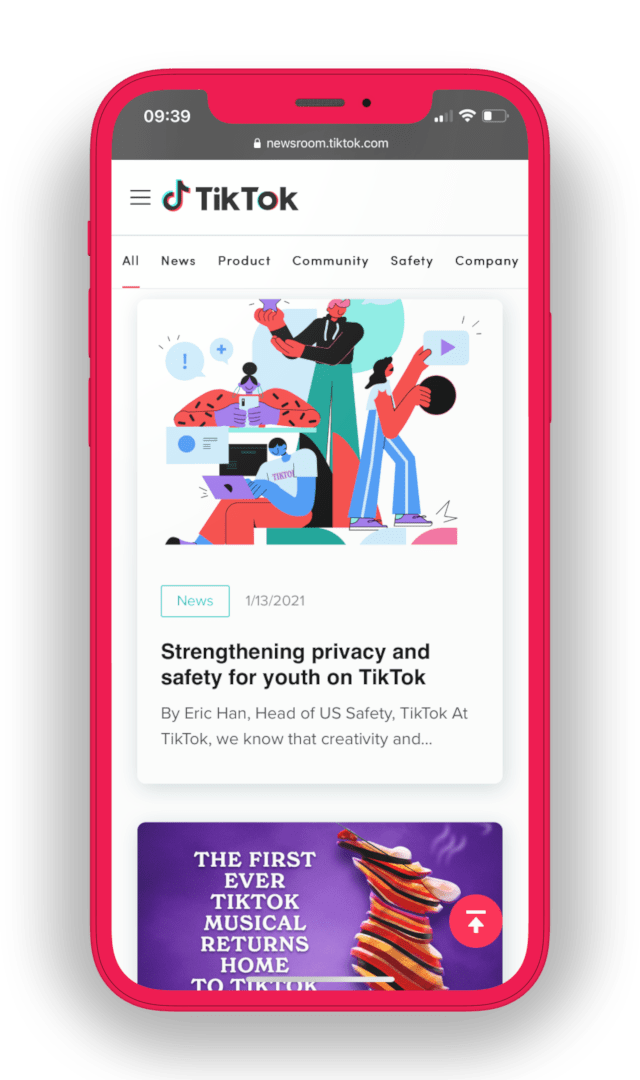
How effective are these measures?
These measures are a welcome step in the continued efforts to make the internet safer for children and young people. They also give parents, carers and safeguarding professionals a perfect opportunity to talk about privacy and safety on TikTok, especially when most children (and adults) are likely to be spending more time online.
Join our Safeguarding Hub Newsletter Network
Members of our network receive weekly updates on the trends, risks and threats to children and young people online.




